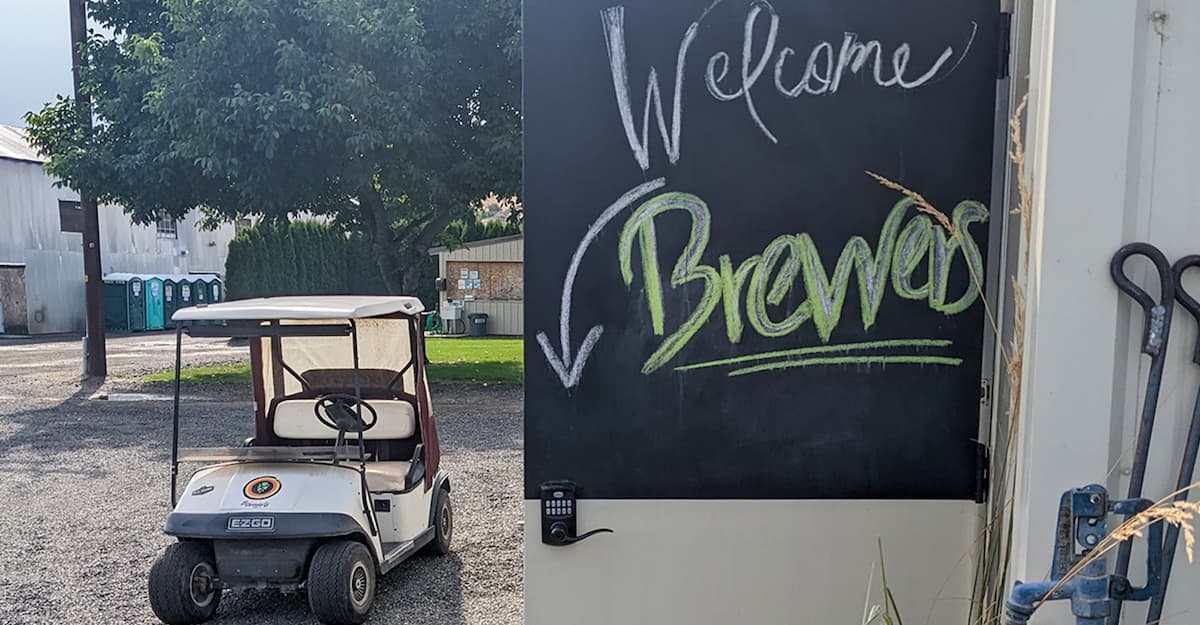
Hops Insider: Getting to Know You
ALL ACCESSBy making direct connections with farmers, wherever they are, brewers can improve the quality and variety of hops they get—even at the smallest breweries.
16 articles in this category

By making direct connections with farmers, wherever they are, brewers can improve the quality and variety of hops they get—even at the smallest breweries.

Whether higher-maintenance or on easy mode, in the remote countryside or an urban parking lot, offering spaces to camp can bring in more revenue for breweries.
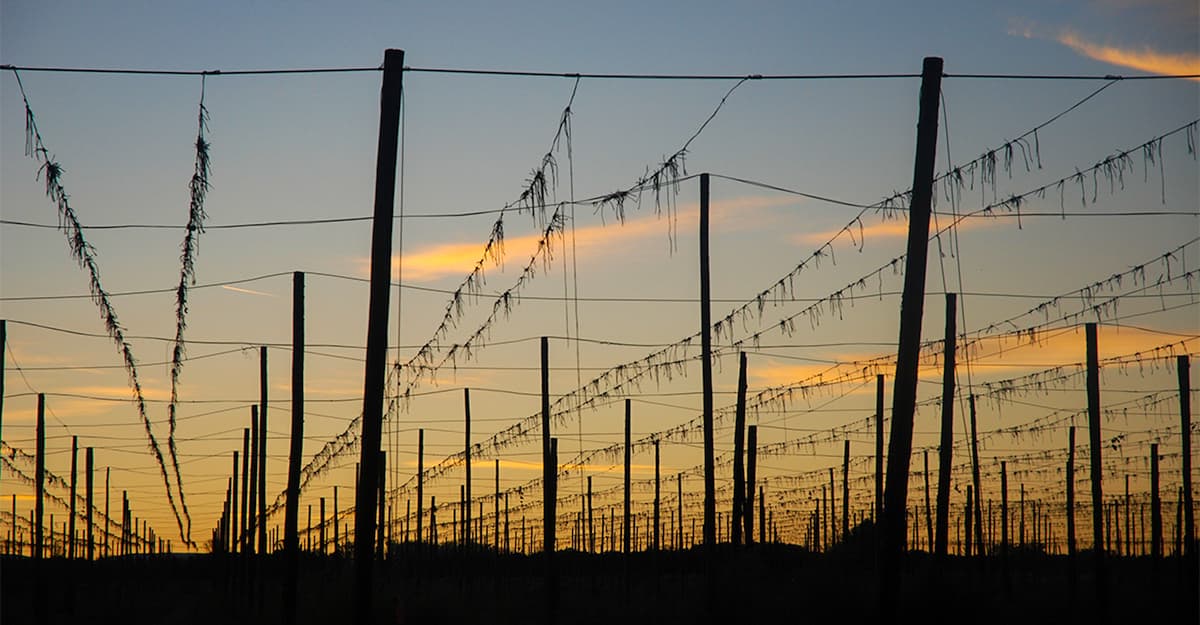
While the numbers are far from final, there were modest steps toward rebalancing the market for U.S. aroma hops. Centennial and Simcoe had a rough year, while rain helped Germany and Czechia avoid a second consecutive disastrous harvest.
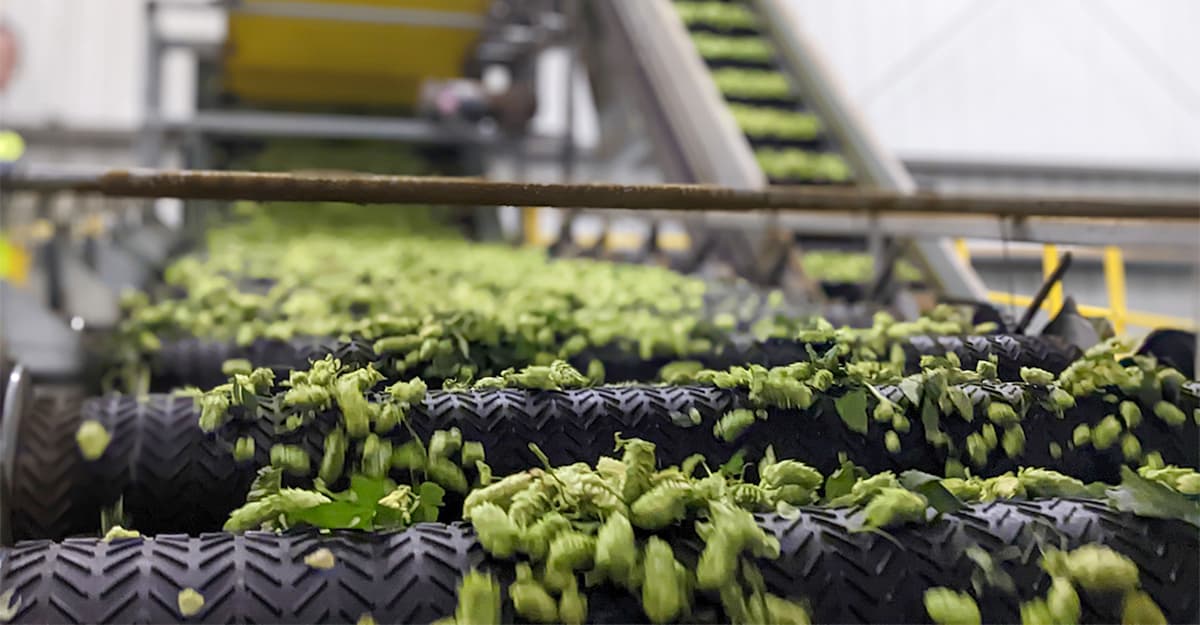
Northern Hemisphere harvests are down, with Saaz hit the hardest. Weather disruptions are on the rise, and so are costs, making long-term planning essential. In the short-term, it may be a year of substitutions—especially for lagers.
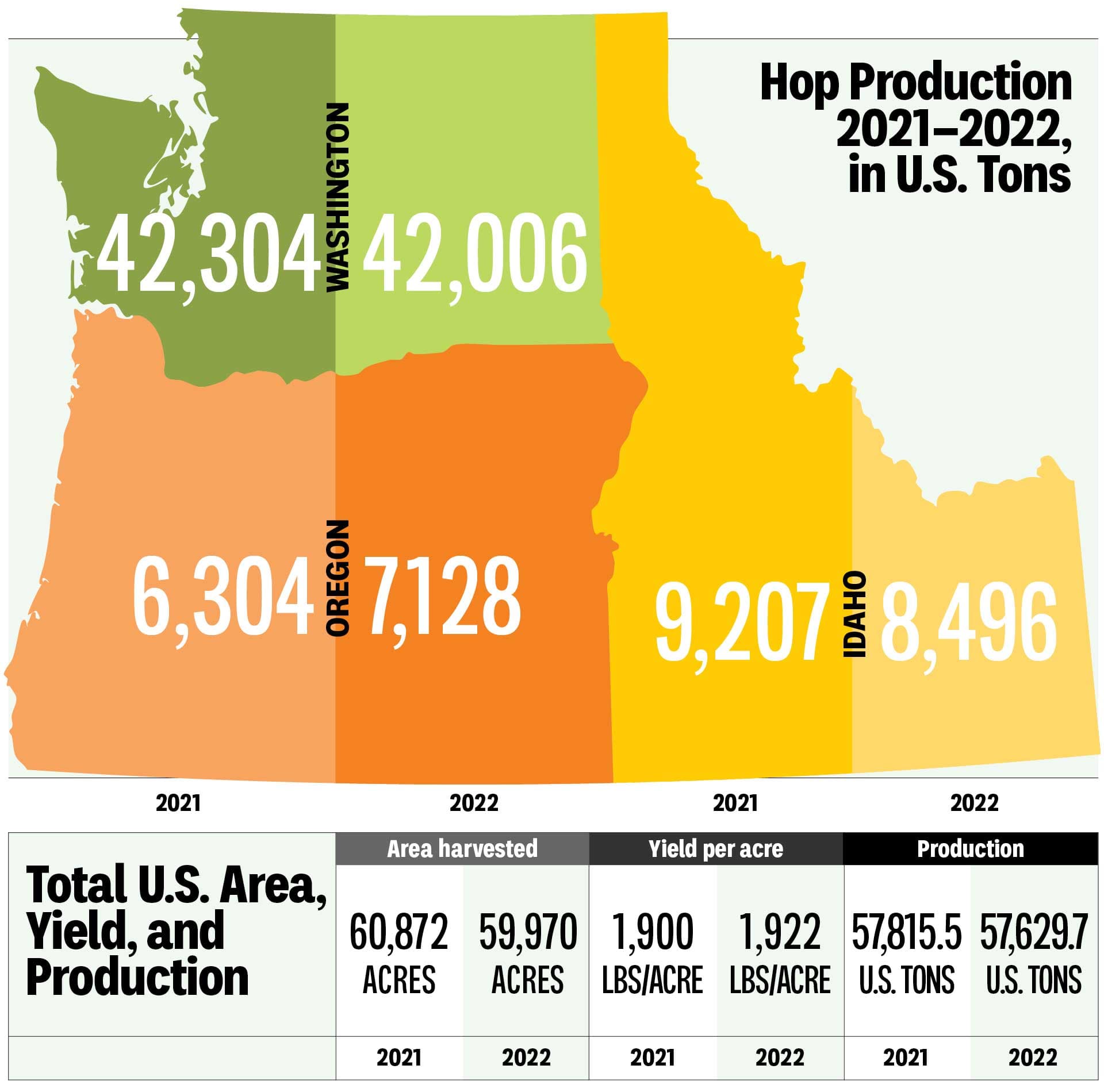
As the harvest gets under way, here’s a visualization of the latest USDA estimates for this year’s hop crop in the Northwest.
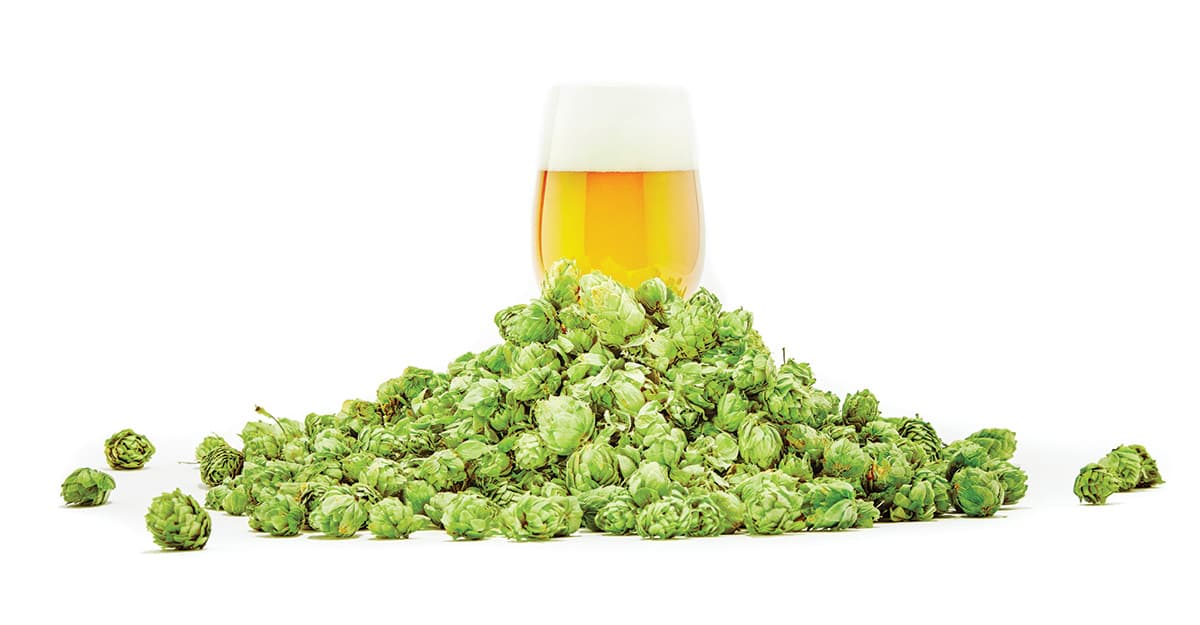
Fresh-hopped beers are becoming an increasingly viable option for breweries located far from harvest. Here are lessons from some wet-hop veterans on using the fresh, the green, and the unkilned.
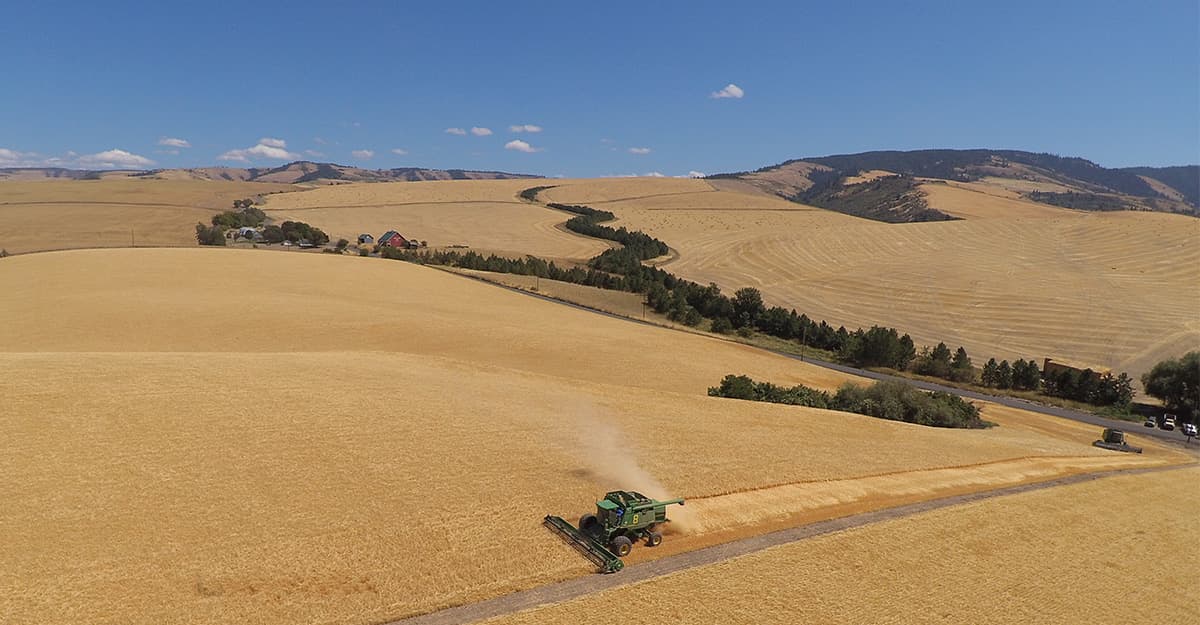
A poor harvest in North America last year is combining with hot weather and war in Europe to constrain supply and raise prices. However, there are reasons to be optimistic. Here’s what you need to know to stay on top of your malt supply.
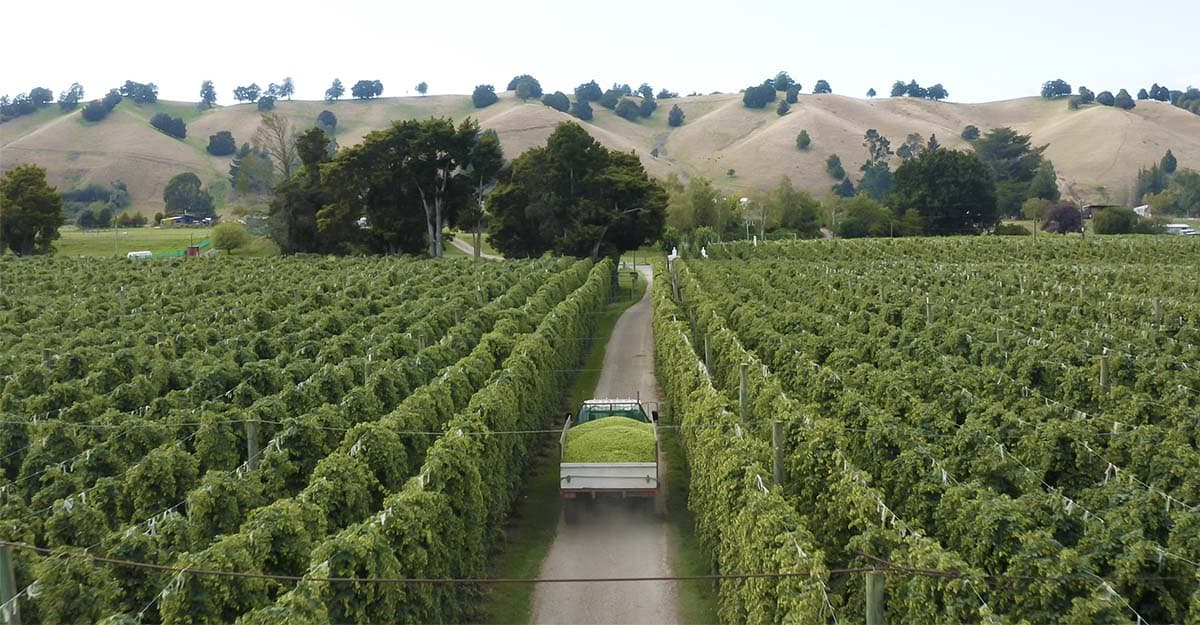
While hop harvest commences in the Southern Hemisphere, field work is already under way on many hop farms in the North. Here are some things that brewers should know about the season to come.
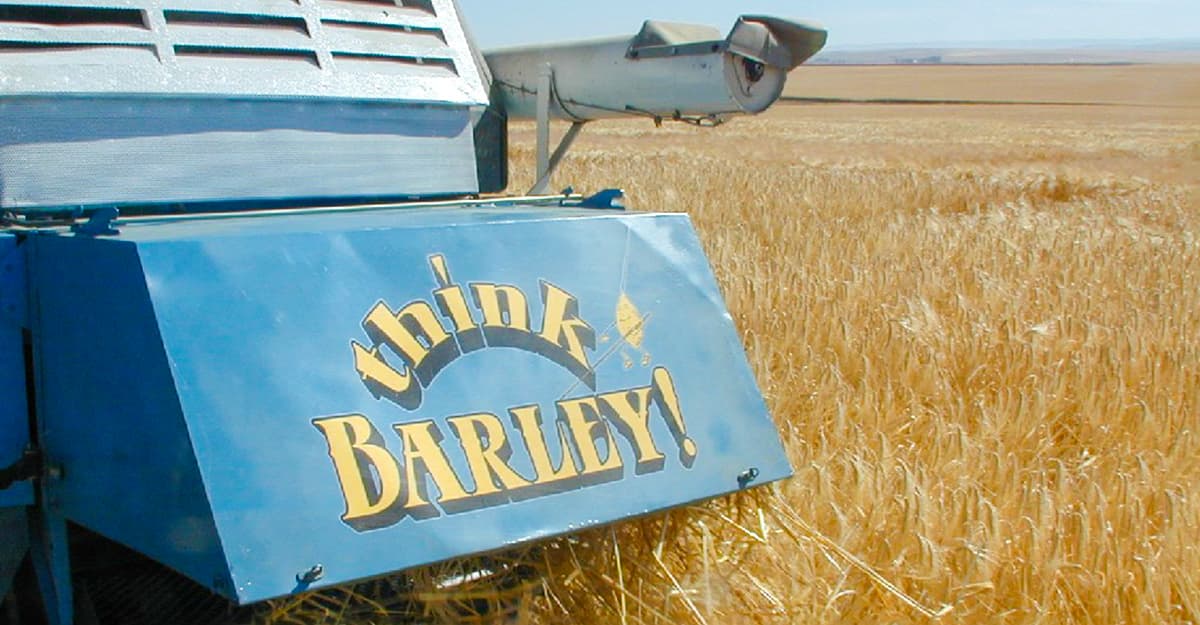
A historically poor barley harvest is piling on to supply-chain and cost issues that independent brewers have been facing with raw materials. Here’s what you need to know before placing your next order.
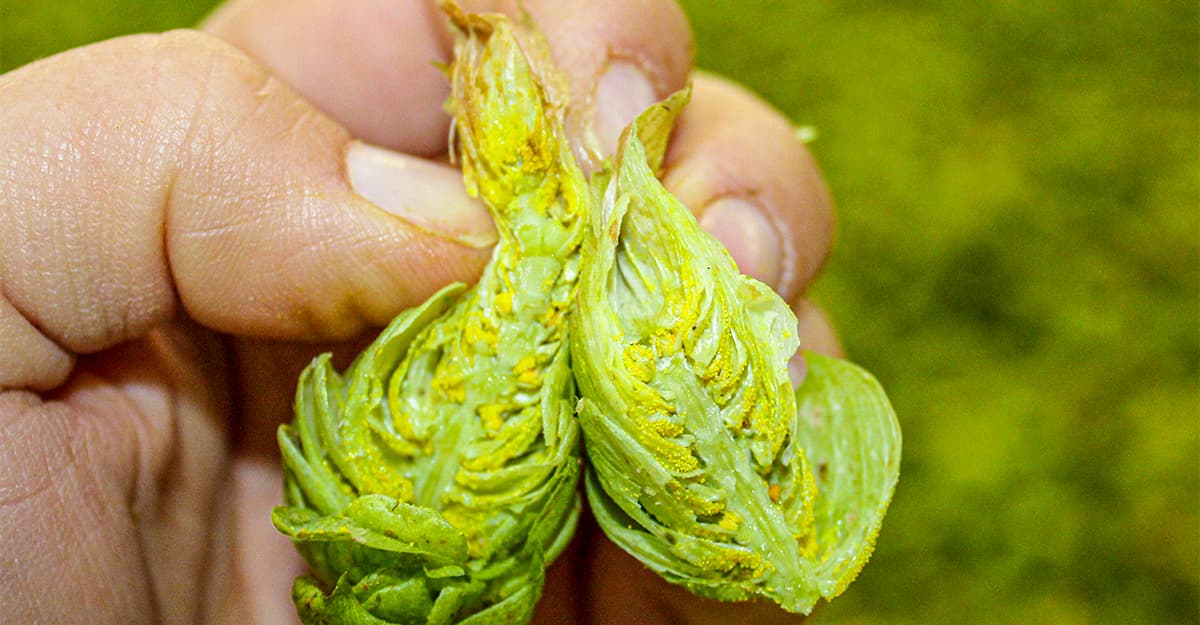
Hops vary from farm to farm, lot to lot, and year to year—but few variables have as much influence on the final aroma and flavor of the hops as when they’re harvested. Stan Hieronymus explains the developing science.
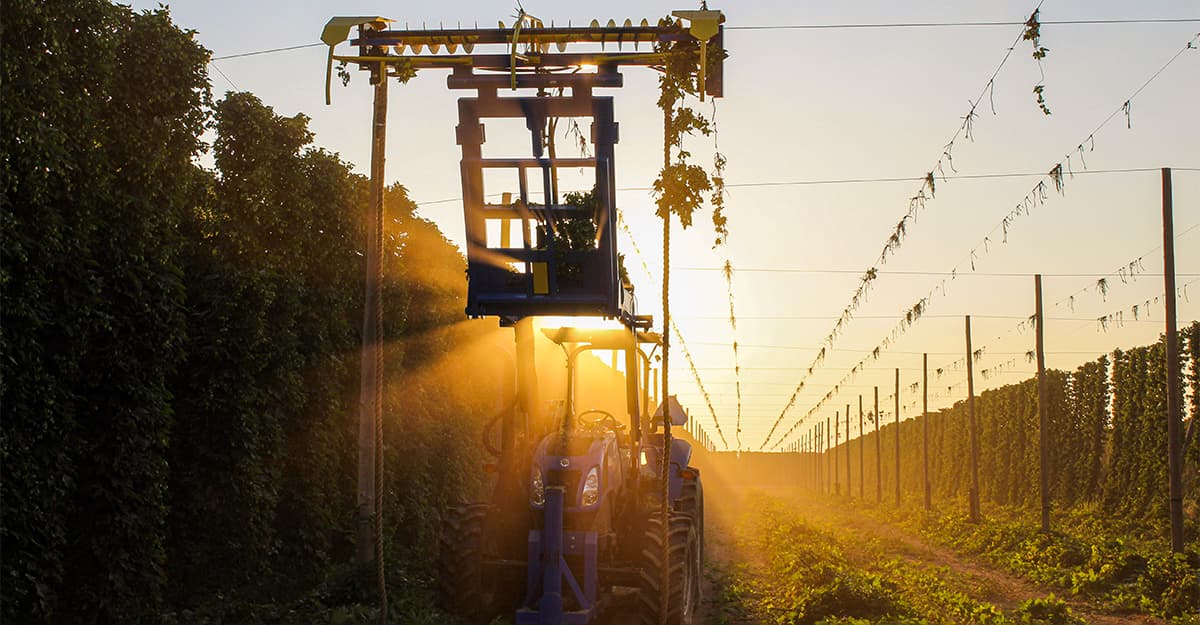
Observers report that smoke taint from wildfires may be less of issue than it was in 2020, while many varieties are having excellent crop years. One notable up-and-comer: Zappa.
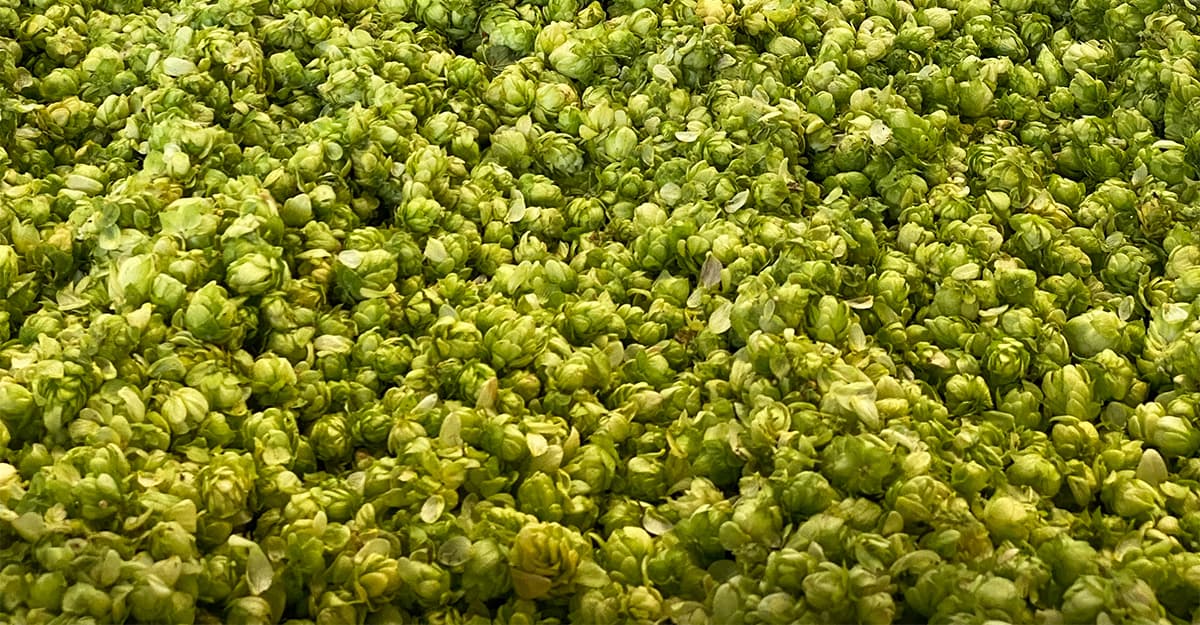
Despite early warnings of climate change—with all its potential for volatility and disasters—growers in the Pacific Northwest say they may have a record harvest this year.
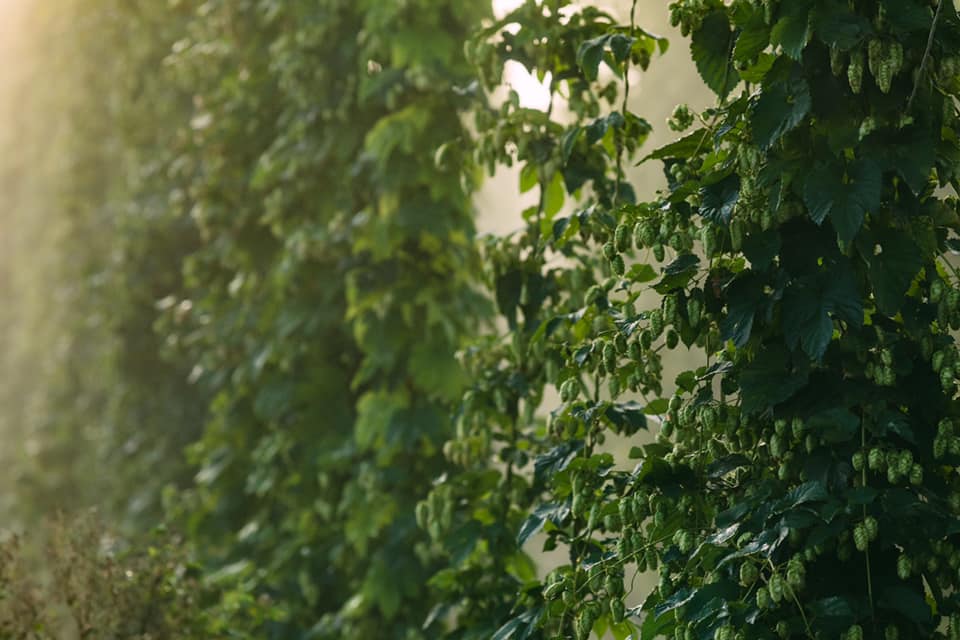
Last year’s wildfires had an unforeseen effect on the 2020 hop crop. The phenols involved have low volatility and high solubility, which means they transfer easily from hops to beer. Here’s what you need to know.
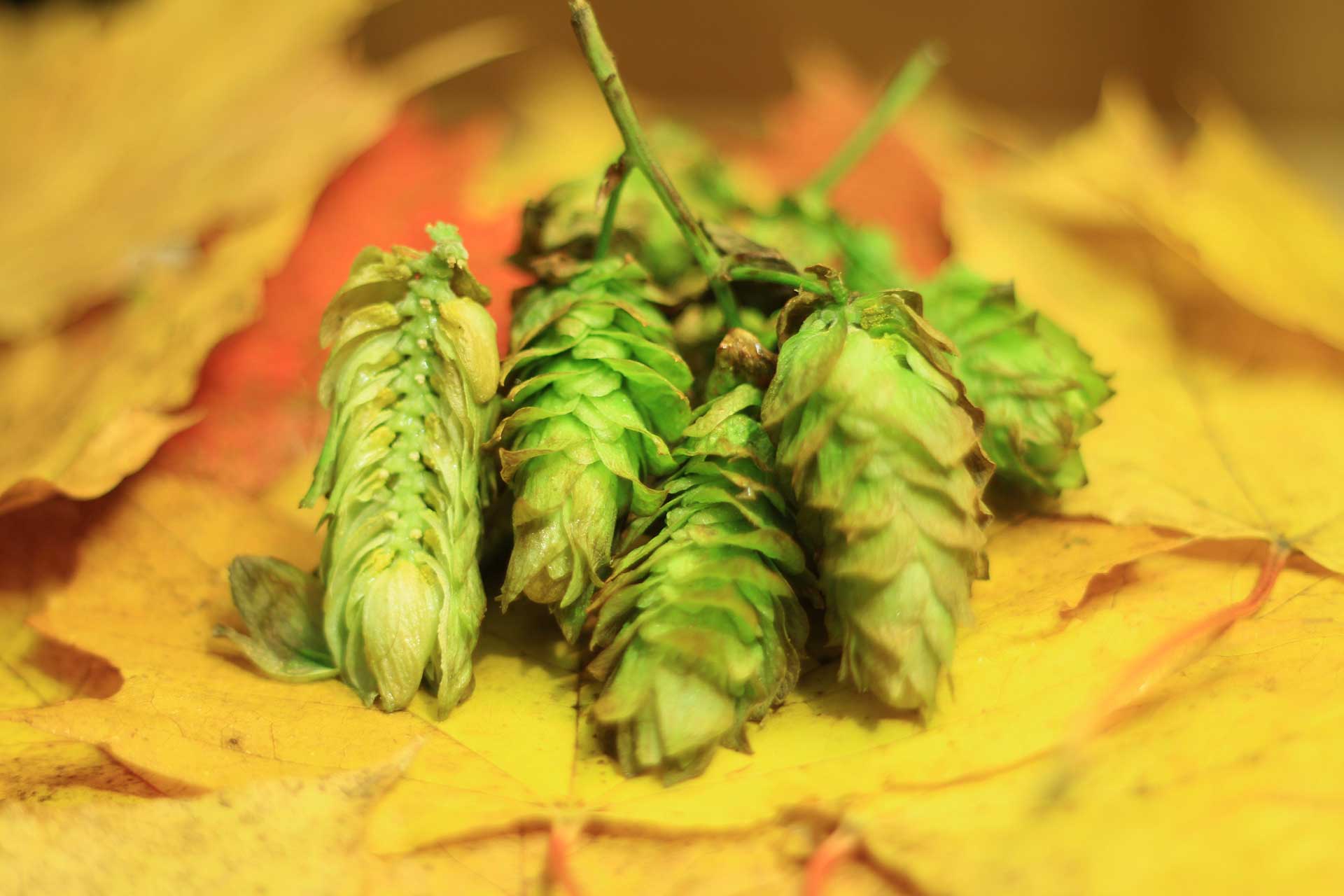
Collaborators on a storage-and-shipping experiment report that a special produce container preserved fresh, unprocessed hops for six weeks—and it may work for longer.
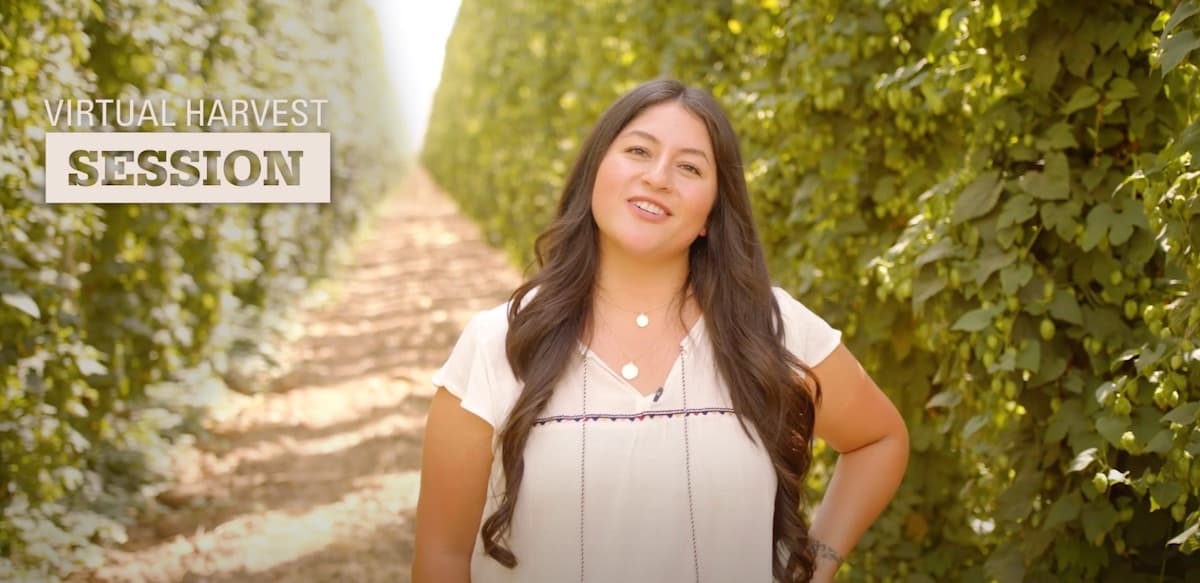
From online hops selection and virtual harvest to Craft Malt Week, producers and brewers are finding new ways to connect while travel is limited.
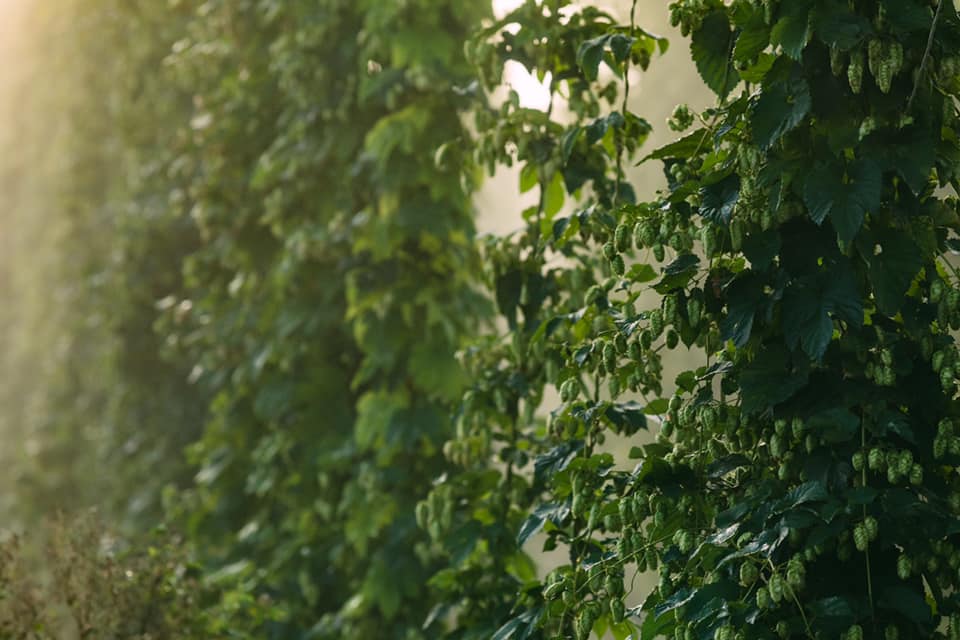
Labor Day windstorms damage up to 5 percent of Yakima Chief’s remaining crop in Washington and Idaho, with the response complicated by wildfires and apple harvest.